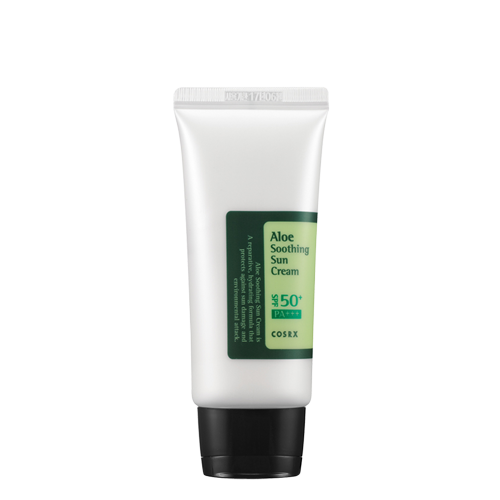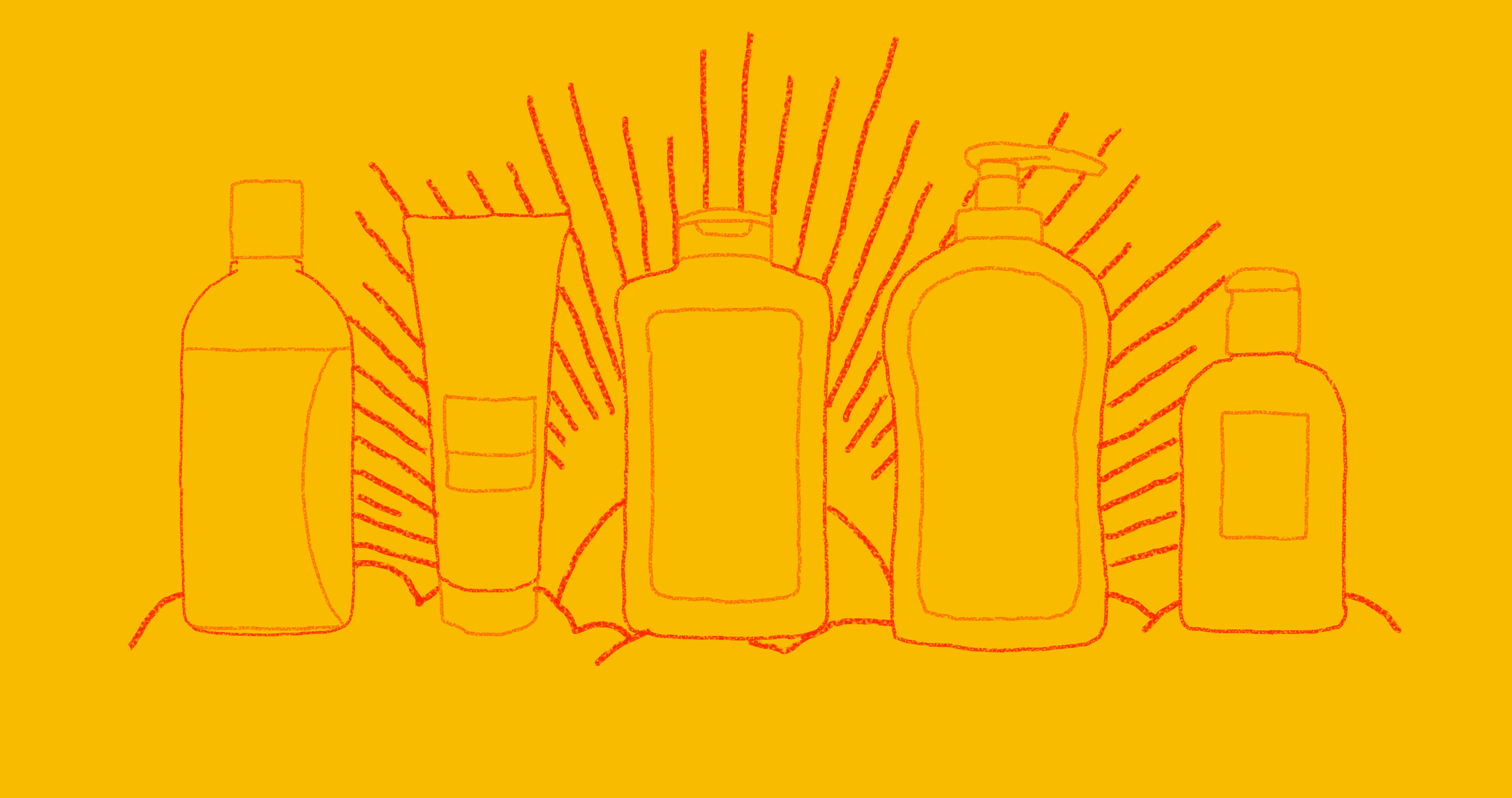An In Depth Guide to Buying Sunscreen for Malaysia’s Sunny Weather
 Thirsty for JUICE content? Quench your cravings on our Instagram, TikTok and WhatsApp
Thirsty for JUICE content? Quench your cravings on our Instagram, TikTok and WhatsApp
Images Hermo + Sephora Malaysia
Everyone’s talking about the importance of sunscreen and how it benefits us, the thing is, nobody truly understands what happens if you don’t use it (hyperpigmentation, basically) and the long-term effects of leaving your skin unprotected. In a country as hot as ours, there’s really no reason to say no to it. We’re going to further scare you with the potential of skin cancer because tropical climates show no mercy to our skin, which contains three delicate layers called the epidermis, the dermis, and hypodermis. The sweltering heat – even in a few short minutes – will not only expose you to gross armpit sweat but also UV rays that will ultimately lead to melanoma, the worst kind of skin cancer.

According to a specialist from a recent news report, cancerous conditions like melanoma happens when UV rays damage the DNA of genes that are in charge of cell growth. In this situation, fairer-skinned people are at higher risk of skin damage due to melanin deficiency, a protective pigment highly responsible for that golden tan we all crave for. Simply put, the fairer you are, the higher the chances of contracting skin cancer and more commonly, dark spots.
Although darker skinned friends produce enough melanin to protect your skin from damage, you still have to protect vulnerable areas like your palms and feet. If you’re experiencing unusual skin changes like the growth of a new mole or skin spots that grow larger in size, then it’s time to go easy on the tan and lessen your exposure to sun by taking preventive measures. We’re not telling you to hide from the sun altogether, but we do want to offer practical sunscreen hunting tips to ensure you have the right formula because no skin is the same.
Acne prone and sensitive skin
Go for: Barrier sunscreens that are mostly made up of inorganic metal oxides.
These are your straightforward, everyday sunscreens that are also commonly known as mineral sunscreens. Luckily, they’re easy to get and largely contain two of sunscreen’s most important ingredients; zinc oxide and titanium oxide. Unlike chemical sunscreens, mineral sunscreens act as a barrier that reflects the sun’s UVA and UVB rays, this is why most drugstore sunblocks have a thicker consistency that leaves a white cast on our faces. Zinc Oxide is also highly useful to calm redness among people who suffer from inflammation, a familiar issue among acne, rosacea, and sensitive type skin.

With that being said, it’s important to find sunscreen that contains both said ingredients alongside beneficial additives that focus on reducing irritation. Problematic skin can benefit from a zinc oxide plus antioxidant (found in green tea) combination since antioxidants help with skin immunity, allowing your skin to naturally fight against pollution, free radicals, and harmful sunrays. Look out for lightweight textures like alcohol-based gel lotions for oily skin, and hypoallergenic cream ones for sensitive skin. Bear in mind that thicker sunscreens with zinc oxide and titanium dioxide can clog pores, so make sure to have a good cleansing routine and use makeup remover whenever you can.
Dry and normal skin
Go for: Chemical sunscreens that use chemical filters to protect your skin.
Unlike barrier sunscreens that usually have bigger metal particles to help reflect and scatter UV rays, organic chemical filters used in chemical sunscreens help absorb UV radiation without it penetrating into your skin. Normal skin and dry skin folks do fine with chemical sunscreens because their skin won’t respond negatively to the sunscreen’s chemical reaction, which converts the UV rays into heat and releases it back. Oily skin however, will flare up to this reaction hence why it’s not recommended for skin that tend to go red. Instead of suggesting helpful ingredients in chemical sunscreens, it’s more vital to highlight what you should avoid because some of these sunscreen components can travel into your bloodstream, causing permanent skin damage and hormone imbalance.

While chemical sunscreens have smaller particles thus giving you a silkier texture and no white cast, they often come with a lot of good and a whole lot of bad. Called endocrine disruptors, the ingredients oxybenzone and retinyl palmitate are big no’s the next time you pick up chemical sunscreens. Oxybenzone may help with filtering damaging UV rays (it’s very common in sunscreens) but it disrupts your hormones by messing up sperm production and menstruation, it is also a major irritant to most people. Along with octocrylene and octinoxate, the compounds release into the sea after a swim can even harm coral reefs. Not to be confused with topical antioxidants, retinyl palmitate is another form of Vitamin A and antioxidant that can lead to skin tumours and photosensitivity, making you sensitive to sunlight than usual (ironic).
Sunscreen fun facts
Higher SPF doesn’t mean it’s better
For maximum benefit, anything about SPF50+ will protect you enough if you remember to reapply after a few hours. In general, look out for sunscreens that provide broad-spectrum protection, which blocks both UVA (wrinkle-causing rays) and UVB (the bitch that causes nasty sunburns).
Water and sweat resistant sunscreens are gimmicky
Just like every other sunscreen, these effects can only go so far. Make sure to reapply if you want it to continue protecting your skin because anything in contact with water and sweat will eventually dissipate.
Avoid the sun at these hours
10am to 2pm proves to have the most skin destructive sunrays. If you ever need to go out at this hour, stay protected with an umbrella whenever possible and remember, if you can’t walk out at this hour then don’t expect the same from your dog. Keep doggy-walking hours after 5pm or later.
Speaking of all things heat-related, Urban Decay is releasing their hottest palette this month but if lip products are more of your thing, then check out the country’s top liquid lipstick brands here.





